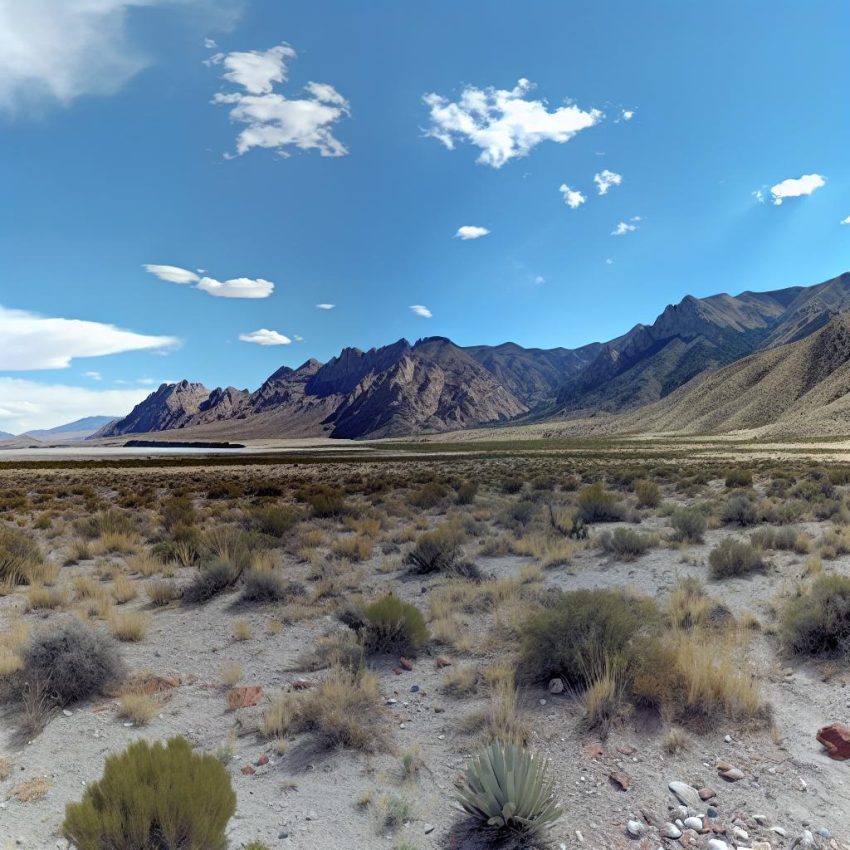Introduction to El Leoncito National Park
El Leoncito National Park, nestled in the province of San Juan, Argentina, represents a sanctuary where nature’s beauty converges with astronomical wonders. Officially designated as a national park in 1994, it sprawls across approximately 89,900 hectares, a robust offering from the Sierras Pampeanas region. Known for its vast mountainous landscapes and an abundant variety of species, this park stands as a beacon for ecotourists and scientists alike who venture to witness its distinct charm.
Geographical Features
The geographical tapestry of El Leoncito National Park is strikingly diverse. It boasts a range of topographical elements, including rugged mountain ranges, serene valleys, and expansive alluvial plains. Perched as part of the Andes foothills, this park offers awe-inspiring vistas that captivate every visitor. The Cerro El Leoncito, a significant landmark within the park, towers at 2,255 meters above sea level. It offers breathtaking panoramic views, making it an ideal spot for photography enthusiasts and those seeking solitude amidst nature.
Flora and Fauna
One of the park’s remarkable aspects is its varied ecosystems bolstered by its unique geographical settings. A closer look reveals a dominant vegetation of sparse shrublands and grasslands, particularly adapted to survive the arid conditions. Among the notable plants are species like jarillas and pichanas, which have adapted robustly to the climate. Wildlife in El Leoncito is equally impressive, with thriving populations of guanacos, maras, and the majestic Andean condors. This rich biodiversity renders the park indispensable for ecological studies and presents myriad opportunities for wildlife observation, attracting eco-conscious travelers globally.
Astronomical Significance
Beyond its natural appeal, El Leoncito National Park shines brightly in the realm of astronomy. Its high elevation, coupled with a dry climate and minimal light pollution, presents exceptional conditions for astronomical observations. This unique setting has led to the establishment of two significant observatories within the park’s boundaries.
CASLEO (Complejo Astronómico El Leoncito), a cornerstone of astronomical exploration, houses a 2.15-meter telescope. This piece of cutting-edge technology stands among the largest telescopes in South America, boosting the continent’s astronomical research capabilities significantly. Complementing this facility is the Félix Aguilar Observatory, which further advances the park’s stature in the astronomical world. These observatories offer invaluable contributions to research and education, periodically welcoming astronomers and researchers from around the globe who seek to unravel celestial mysteries.
Visitor Information
For prospective visitors keen on experiencing what El Leoncito National Park has to offer, thorough planning is crucial. The park is laced with a variety of trails suitable for both hiking and horseback riding. These trails weave through the park’s dynamic landscapes, offering explorers diverse scenes of natural beauty to appreciate. The park also provides guided tours of its renowned observatories a few times annually, allowing guests a chance to delve into the park’s astronomical endeavors.
Accommodations within the park are limited. Hence, visitors are encouraged to arrange their lodging well in advance to secure a spot to rest after a day filled with exploration. For further details, enthusiasts can seek more information on official Argentine tourism websites. These resources provide comprehensive insights into park regulations and visitor amenities, ensuring a fulfilling and seamless visitation experience.
El Leoncito National Park stands as a testament to the harmonious blend of natural allure and astronomical intrigue. With its rich biodiversity, geographic splendor, and significant contribution to astronomical research, the park promises an enriching experience for all who venture into its embrace.

